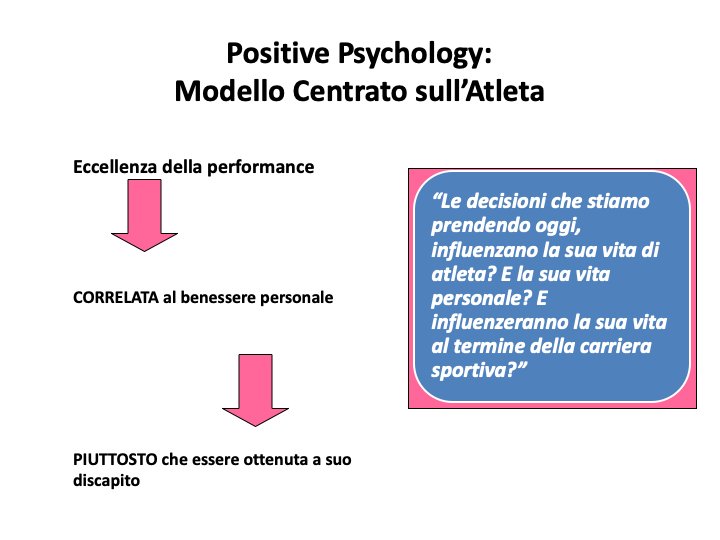The American former sprinter Michael Johnson, Olympic winner of five gold medals and eight-time world champion, summed up the importance of motivation:
“My best motivation is always coming from the pure joy of running and racing, is the same thrill that I had as a child of 10 years. Have you ever met a 10 year old child sickened by what he does? You have to find their initial motivation for this reason you will become an architect. This is the secret of perseverance.”
Sport should allow the emergence of an attitude that can be summarized in the following sentence: “It’s thanks to my commitment and the pleasure I feel that I became increasingly good at what I do.” Performance motivated by an inner strength are based on the subjective perception of satisfaction coming from performing a specific task. Therefore any outside intervention to reduce this athlete’sperception will negatively affect their motivation. This is the case when the athletes perform only to receive a reward. Sport performance represents only a means to another purpose that becomes, instead, the true purpose: the young do not act for their pleasure to practice sport but to receive a certain recognition. Therefore, the external reinforcements encouraging the athletes to perform for external reasons reduce their internal motivation. The coaches should not make use of reinforcements that can be perceived as most important of the same sport participation, but they should provide helpful tips to increase the athletes’ feeling of satisfaction.
If the sports results will be perceived as the result of internal factors personal, such as the ability, dedication, commitment rather than external factors (luck, reduced ability of opponents, refereeing decisions) the athletes will feel satisfaction and pride.
The external reinforcements that the athlete receive can also play a positive action. For example, children who have not yet had an experience sports or with adults who have reduced sports experience. In this case external reinforcements for the supply of sports equipment or gadgets, or social support derived from practice can encourage participation. The same applies to the financial rewards obtained by high-level athletes in recognition of their sporting value.
Every coach knows that setting targets is essential to enhance the motivation and improve performance. At this regard:
- Working on goals defined and accepted helps to improve the emotional climate of the workout. YThere will be a reduction of problems related to delays, laziness and lack of discipline.
- Athletes, even the youngest, strengthen more and more their autonomy and learn to take responsibility for their choices. In these cases the determination to achieve the objectives and to maximize their potential will increase.
- The coaches’ leadership is accepted by athletes through the increase of their personal credibility.
Finally, despite the importance that the choice of tgoals plays in increasing the performance, there is also another reason that makes it necessary on the part of the athletes. In fact, if the sport and competition have a social value, so each individual has the right to succeed. Certainly in the top sport, the struggle for success is for the podium and who can aspire to this kind of result is aware of the difficulties he/she will encounter along the way. Then, there is the success of all of those who have set their goals properly and are committed to achieving them. Every person involved in sport has the responsibility to obtain the personal success. It’s the case of those who want to run a marathon in 4 hours, if they reach this goal they won they race. The observation of children engaged in sports activities not organized by adults should teach something very important: and if they do not reach the goals they have set, the hildren lower the level, learning from mistakes and trying again and again. After a series of adjustments and trials the success is guaranteed. The opposite happens when instead they are successful, they increase the level of difficulty. In other words, this means that spontaneously young people change their goals by moving them to the limit of their capabilities. In this sense, the mistakes are used as an integral part of the learning process and are not interpreted as a failure.









